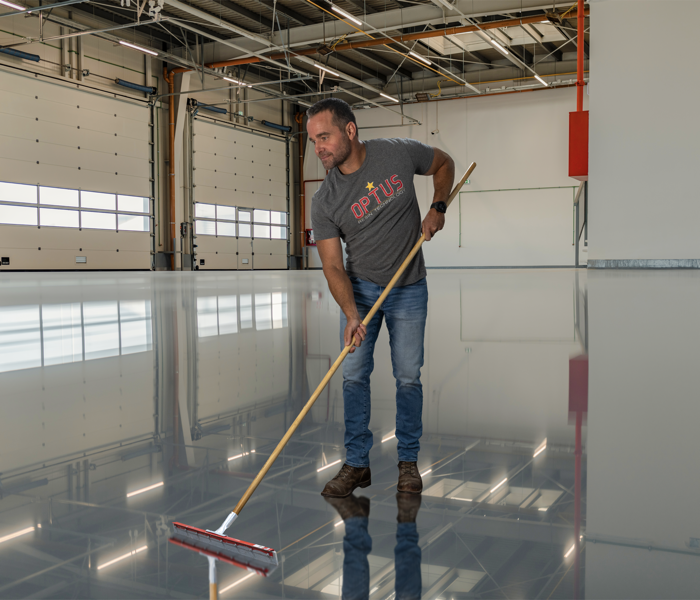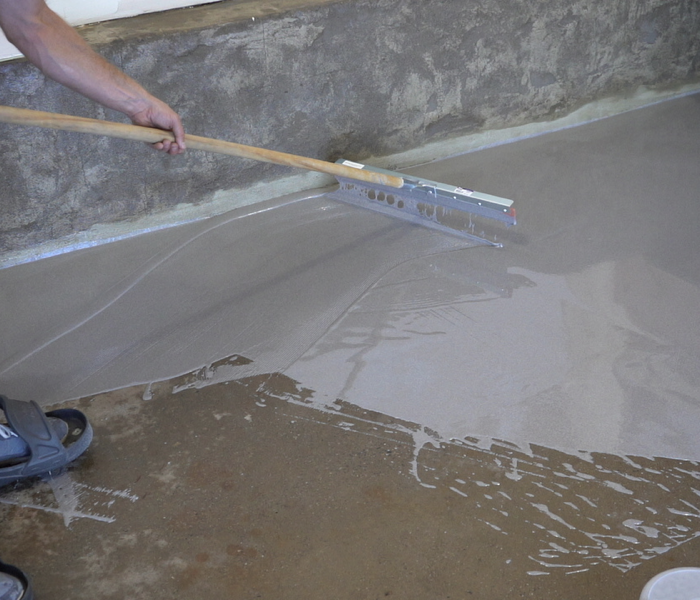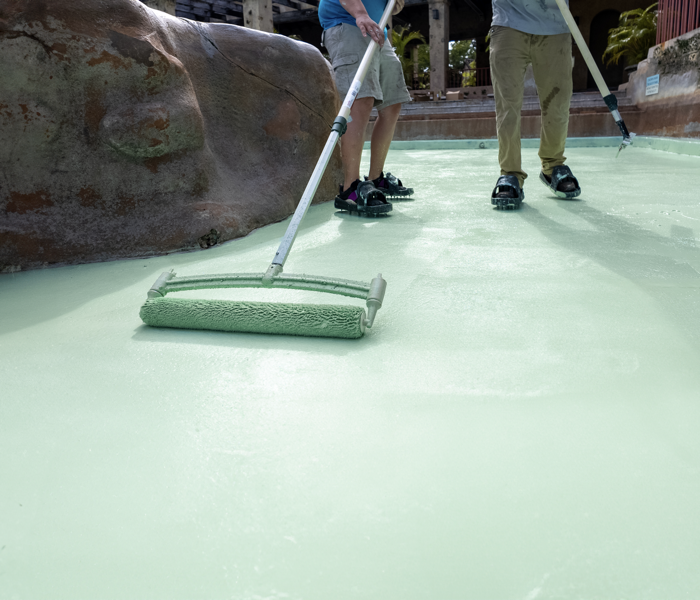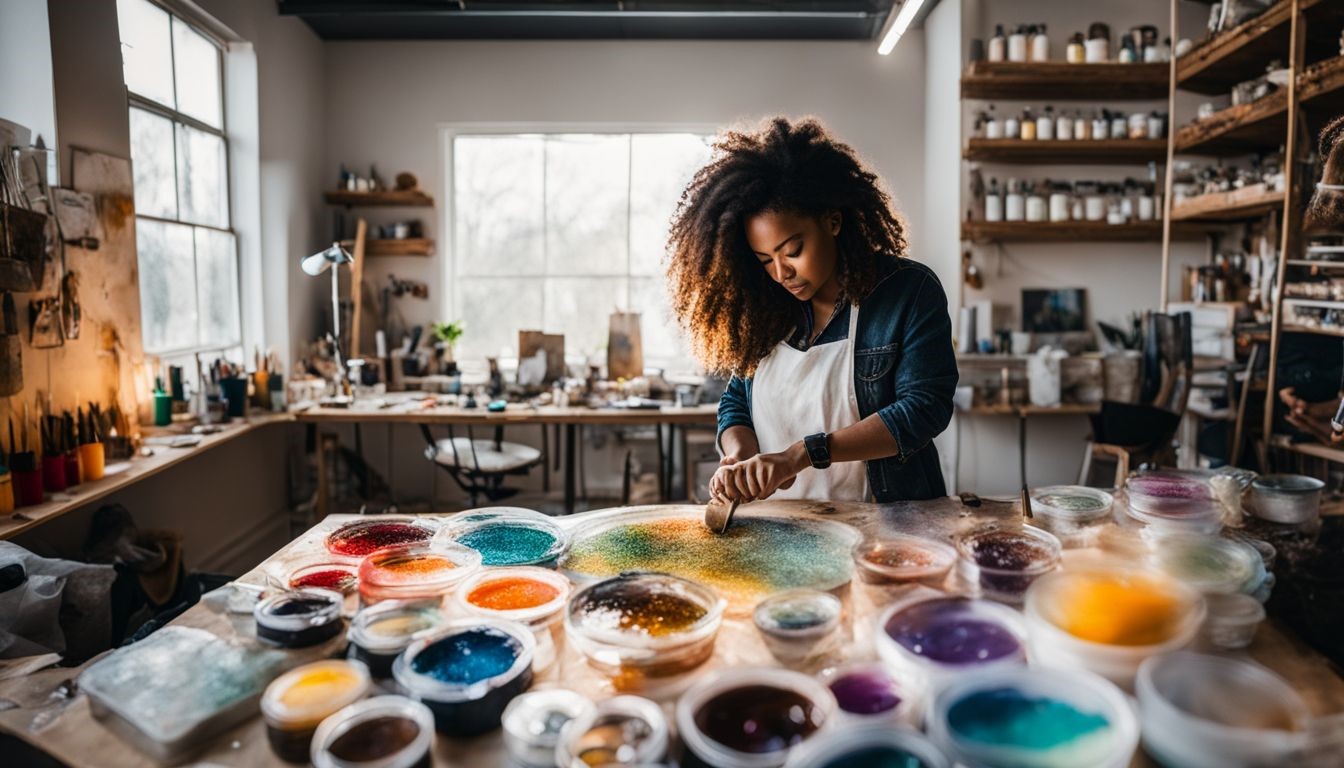
Many people wonder if learning to work with resin is difficult. Resin, especially epoxy resin, needs you to mix it right for it to set correctly. While it can be hard to learn resin, our article will guide you through the basics of working with resin, making it easier for beginners.

Key Takeaways
- Working with resin involves mixing specific amounts of resin and hardener, which starts a chemical process that turns the liquid into a tough, durable solid. This makes epoxy resin great for crafts like jewelry and custom coasters.
- There are various types of resins such as epoxy, polyester, polyurethane, and silicone. Each one has special properties making them suitable for different projects; for instance, epoxy is perfect for art due to its clarity.
- Before starting any resin project, gathering essential supplies like measuring cups, stirring sticks, protective gear, molds, and colors is crucial. Also having a workspace with good air flow helps ensure safety.
- Preventing bubbles in your resin art can be achieved by pouring slowly and using tools like heat guns or butane torches. Picking the right type of resin based on project needs ensures better outcomes.
- Safety during resin crafting cannot be overstated — wearing gloves, masks
What is Resin?
Resin is a versatile material used in various crafting and art projects. It can be transparent or colored, and it solidifies into a hard, durable finish. There are different types of resin, such as epoxy resin and polyester resin, each with its own unique properties and uses.
Definition
Resin, specifically epoxy resin, is a combination of materials made up of resin and hardener. When these two components mix together, they start a chemical reaction that creates a hard, durable finish.
This process turns the liquid components into a solid form. Epoxy resin is popular in crafting and art because it can create glossy coatings, mold various shapes, and even make furniture like coffee tables.
Beginners find this material appealing for projects such as jewelry making or creating custom coasters due to its versatility. Learning to use epoxy resin involves understanding how to properly mix the components, cure them into their final shape, and apply safety measures during the process.
With guidance and practice, mastering epoxy resin techniques becomes an achievable goal for any aspiring artist or hobbyist interested in exploring this unique medium’s potential.
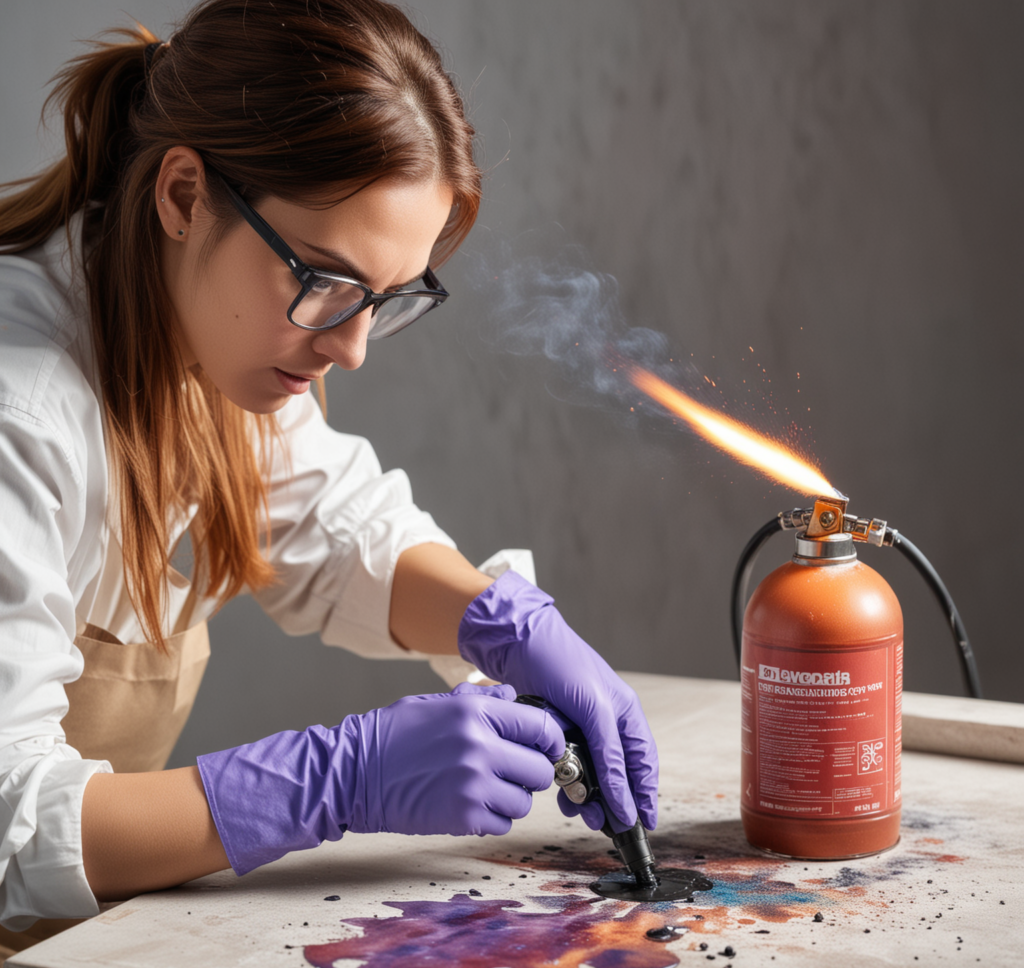
Types of Resin
Resin comes in various types, such as epoxy, polyester, polyurethane, and silicone. Each type has unique characteristics and applications.
Epoxy resin is commonly used for art projects due to its clarity and ability to hold color well. Polyester resin is often used in mold making and industrial applications. Polyurethane resin is flexible when cured and is suitable for creating flexible molds and castings. Silicone resin is known for its flexibility and resistance to heat, making it ideal for use in baking molds and other heat-resistant applications.
Understanding the different types of resin can help beginners choose the right one for their specific projects, ensuring successful results.
How to Use Resin for Crafts
Using resin for crafts requires specific supplies and a step-by-step process. The materials needed include resin, hardener, mixing cups, stirring sticks, gloves, molds, and a workspace with good ventilation.
After gathering the supplies, you can start by measuring and mixing the resin and hardener in the correct ratio before pouring it into the mold for curing.
Supplies needed
Learning resin art involves gathering the necessary supplies to start creating beautiful resin projects. Here are the essential supplies you will need:
- Epoxy resin and hardener
- Measuring cups
- Mixing sticks
- Disposable gloves
- Respirator mask for ventilation
- Protective eyewear
- Silicone molds or casting molds
- Heat gun or butane torch for removing air bubbles
- Resin pigment or alcohol ink for coloring
- Sandpaper for finishing
- Sealant or varnish for protecting the finished project
Each of these supplies is crucial for ensuring successful and safe resin crafting, from measuring and mixing the components to adding color and finishing touches to your creations.
Step-by-step process
After gathering all the necessary supplies for your resin project, it’s time to embark on the step-by-step process. Below are the detailed steps that will guide you through creating stunning resin art:
- Prepare your workspace by covering the area with a plastic sheet or wax paper to protect surfaces from spills and drips.
- Measure out equal parts of resin and hardener according to the instructions provided with your specific product.
- Pour the hardener into a mixing cup followed by the resin.
- Use a stir stick to gently mix the two components together, ensuring no streaks remain in the mixture.
- If adding colorants or other additives, carefully blend them into the resin mixture until evenly combined.
- Once thoroughly mixed, pour the resin into your desired mold or onto your project surface.
- Use a heat gun or butane torch to remove any air bubbles in the resin by gently passing it over the surface.
- Allow the resin to cure in a dust – free environment as per manufacturer’s recommendations for optimal results.
By following these detailed steps meticulously, you can create stunning resin art projects with professional-looking results each time!
Tips for Success with Resin Art
To succeed with resin art, avoid introducing bubbles by carefully mixing and pouring the resin. Choose the right type of resin for your project and follow all safety precautions to ensure a successful outcome.
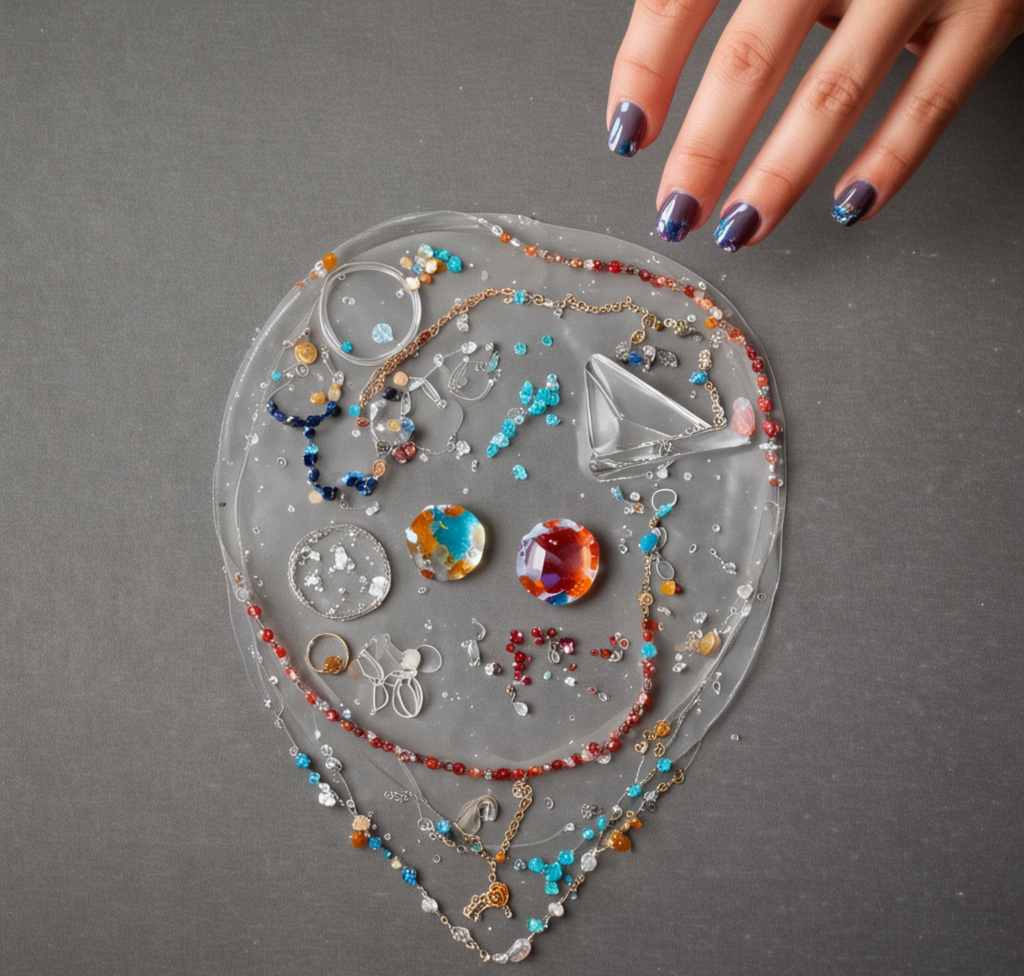
Avoiding bubbles
When working with resin, it is important to avoid bubbles to achieve a smooth and professional-looking finish. To prevent bubbles from forming in your resin projects, you can start by pouring the resin slowly and deliberately to minimize air entrapment.
Additionally, using a heat gun or a kitchen torch can help remove any remaining bubbles on the surface of the resin. It is essential to work meticulously and patiently when handling resin to ensure that your final piece is free from imperfections.
Ensuring that you are working in a clean and dust-free environment can also help reduce the formation of unwanted bubbles in your resin art. By taking proper precautions and following these tips, you can create stunning resin pieces without worrying about unsightly air pockets detracting from your artwork.
Choosing the right resin
When it comes to choosing the right resin for your art projects, it is essential to consider factors such as the cure time, UV stability, and intended application. Understanding the specific requirements of your project will help you select the most suitable resin type from options including epoxy, polyester, and polyurethane resins.
It’s important to note that epoxy resin is popular due to its low odor and resistance to yellowing over time. Furthermore, considering safety precautions and individual project needs can aid in navigating through the complexities of selecting a resin tailored towards achieving the best results for your unique creations.
Safety precautions
To work with resin safely, it is important to wear protective gear such as gloves, safety glasses, and a mask to avoid skin irritation and respiratory issues from exposure to the resin’s fumes.
It is also crucial to work in a well-ventilated area to minimize inhalation of potentially harmful vapors during the mixing and curing process. Additionally, be sure to read and follow the manufacturer’s instructions for proper handling and disposal of any leftover resin materials.
Taking these safety measures ensures a safe and comfortable experience while working with resin.
Easy Resin Art Projects for Beginners
Try creating beautiful petri dish art, stunning bottle cap coasters, a mesmerizing flow art tray, unique puzzle making, or lovely jewelry pendants for your first resin projects. These beginner-friendly ideas will kick-start your journey into the world of resin crafting.
Petri dish art
Creating petri dish art with resin is a fascinating and creative way to produce unique, colorful designs. The process involves pouring layers of tinted resin into small petri dishes and manipulating the colors to create intricate patterns.
Beginners can experiment with different color combinations and techniques to achieve stunning results. This project offers a hands-on learning experience that allows individuals to develop their skills in working with resin while producing beautiful and personalized artwork.
Petri dish art enables beginners to explore the possibilities of resin without needing extensive prior experience or specialized equipment. By following simple steps and experimenting with various pigment combinations, individuals can quickly gain confidence in their ability to work with resin effectively.
Bottle cap coasters
Creating bottle cap coasters is an excellent resin art project for beginners, offering a practical and unique way to enhance home decor. The process involves embedding colorful bottle caps in epoxy resin to create eye-catching coasters that are both functional and visually appealing.
With the right supplies and step-by-step guidance, beginners can easily embark on this resin art project as they develop their skills and understanding of working with epoxy resin.
Utilizing safety precautions while working with the resin is crucial, especially when it comes to handling the hardening process effectively.
Flow art tray
Creating a flow art tray involves carefully mixing resin with vibrant colors and pouring it onto a flat surface to create stunning abstract designs. The process includes preparing the resin mixture, adding different pigments, and using various techniques like swirling or tilting to achieve the desired artistic effect.
Once the artwork is complete, the tray can be used as a functional piece in a home or office space, making it both decorative and practical. It’s important to handle resin safely while creating this project, ensuring proper ventilation and wearing protective gear such as gloves and goggles to avoid any potential health risks associated with working with resin.
A flow art tray can serve as an excellent introduction for beginners to explore their creativity with epoxy resin. This type of project provides hands-on experience in working with resin while allowing individuals to experiment with different color combinations and design methods.
Puzzle making
Puzzle making with resin is a fun and creative way to explore this versatile medium. Creating custom puzzles using epoxy resin allows for endless customization, whether it’s crafting a unique image or incorporating different materials into the design.
With resin molding, mixing, and curing techniques, you can develop stunning puzzle pieces that showcase your creativity.
Choosing the right molds and taking care during the mixing process is essential for creating flawless puzzle pieces. By understanding the properties of epoxy resin and following best practices, beginners can embark on exciting puzzle-making projects while honing their skills in working with resin.
Jewelry pendants
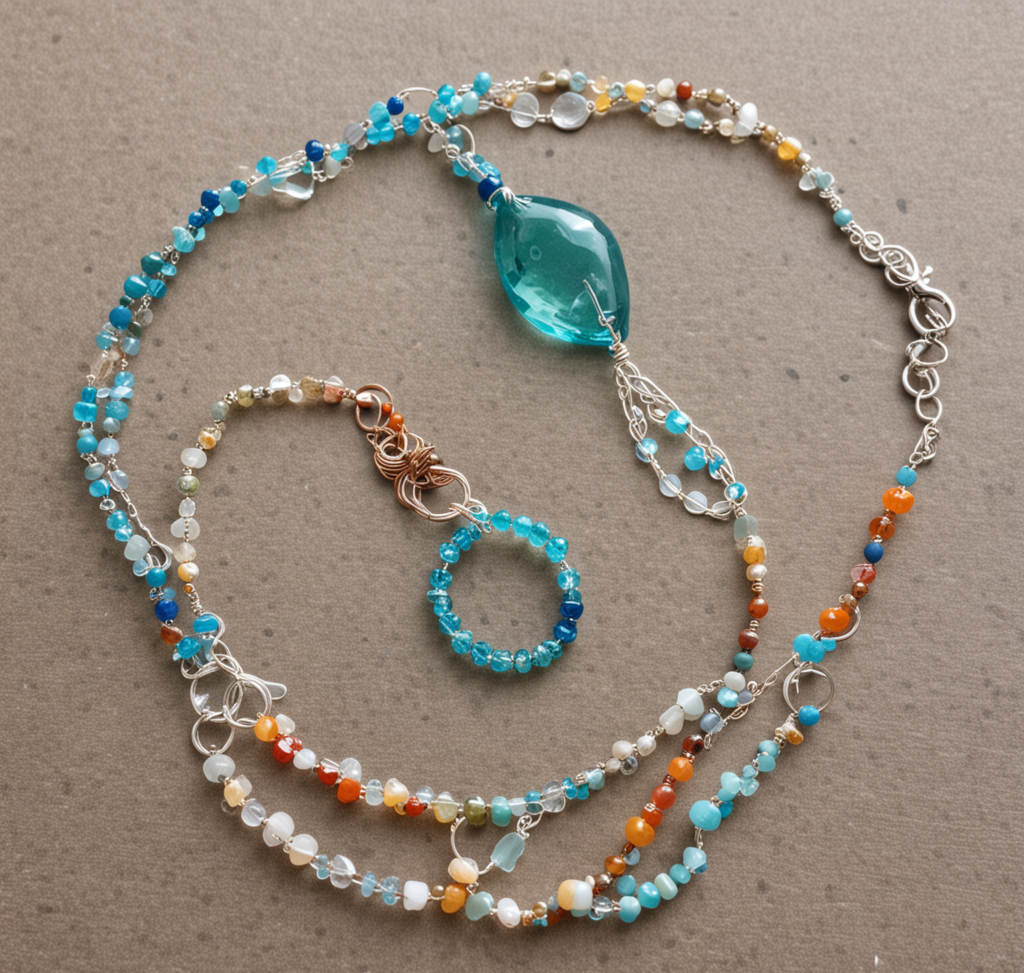
Transitioning from making puzzles to crafting jewelry pendants is a natural progression for resin art enthusiasts. Creating unique and personalized jewelry pendants with epoxy resin allows beginners to explore another dimension of creativity while honing their skills.
With the right guidance and basic supplies, such as pendant molds, colorful dyes, and protective gear, beginners can embark on this exciting journey.
Understanding how to mix resin properly and pour it into the mold without creating bubbles is crucial for successful jewelry pendant making. Safety precautions should always be followed when working with resin to ensure a safe and enjoyable crafting experience.
Conclusion
Is learning resin difficult? Beginners can develop their skills by understanding resin properties and following step-by-step instructions.
While it can be hard to learn resin, it becomes more manageable with guidance and practice. By understanding resin properties, following safety precautions, and honing their skills through hands-on experience, beginners can embark on a rewarding journey of creating stunning resin art pieces.
FAQs
To start learning resin, you’ll need basic supplies like resin, molds, and safety gear. It’s important to understand the mixing and curing process for best results.
Yes, working with resin is safe if you follow proper safety guidelines. Always use gloves and work in a well-ventilated area to protect yourself from fumes.
The time it takes to master resin depends on your dedication to practice and learn. With consistent training and skill development, you can improve your expertise over several months.
Absolutely! Once you’ve developed proficiency in mixing and curing resin, creating beautiful pieces of furniture using different molds becomes possible.
There are many resources available for expanding your comprehension of working with Resin; look for online tutorials, join workshops or classes focused on Resin education, and connect with communities that share tips on mastering this craft.


